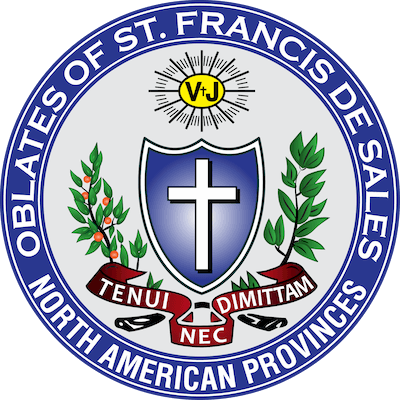This week's reflection is written by
Mr. Joseph McDaniel, OSFS
This summer, I have been interning in the pastoral care department of a local hospital, and among the first tasks in my daily routine is to print a list of patients in my unit. Beside the name of each patient is listed information such as their room number, birth date, diagnosis, etc. When I looked at the chart for the first time a few weeks ago, I was somewhat overwhelmed by the number of names on the list: all the information seemed to blur together into a mass of impersonal data. Glancing at the fact that “John Doe” in room “16A22B” was diagnosed with pneumonia and had been in the hospital for 2.7 days would elicit no more reaction from me than would a glance at figures for the stock market. This was a somewhat strange feeling, or lack thereof, given that if I were to find out that a family member of mine had been in the hospital for over two days with pneumonia, I would feel a definite sense of alarm and concern.
I soon discovered that the antidote to this strange sense of indifference generated by an overload of information is to walk into the room and to meet with the person behind the name. This changes everything. Combinations and permutations of letters and numbers are transformed into a living body, with a face, with a voice, and most importantly, a story. Behind every name there is a person, and behind every person there is a story.
In our society today, there are often debates about how to define “personhood.” These debates are important, and touch on some of the most important ethical decisions we will make as a society. But I think the very parameters of such debates often miss the mark in an important way. To define something is to place limitations on it. You can define objects in a rather straightforward way by their material makeup, their dimensions, their function. For example, a pen is a pointed object, made of metal or plastic, containing ink that is used for writing. Defining a human subject, a person, is another matter completely. A person is always more than the sum total of his or her capacities, limitations, strengths and weaknesses, and can never be reduced to these.
Instead, as St. John Paul II stated at his final World Youth Day homily in Toronto, “we are the sum of the Father’s love for us.”1 In the real world, a person isn’t something that you define, a person is someone you encounter. Someone with a story. A story that needs to be heard. A person is a living document. A person is an embodied story.
This Sunday, we celebrate the Solemnity of the Most Holy Trinity. We celebrate not an abstract doctrine, but the living reality of a God who is a community, a relationship of life-giving love between three persons, Father, Son, and Holy Spirit. The history of the world begins when this divine community shares this love by creating the world, and human history begins when this divine community shares this love by creating the human family, made in the “image of God”: a community of persons united in love just as God is. The story of the relationship of love within God and between God and the human family is embodied in a special way in the person of Jesus, and because Jesus has been united with each human person, this story is embodied in a special way in each human person, in the story of each human life.
As Pope Francis has emphasized, we are all connected. Each of our stories is connected.
What happens in each of our lives does not just affect ourselves, it in some way shapes the stories of everyone else. Because we are all connected, the decisions we make, the way in which we respond to the small encounters with grace along our journey each day, do indeed affect the entire interconnected story of human history. Who would have thought that the way in which a young peasant woman, a carpenter’s son, a group of fishermen, partisans and tax-collectors, responded to the action of God in their lives would have so momentously changed the course of history forever?
Each of our stories matters, each of our stories is connected because we are made in the image of a God who is eternal connection. Ours is a God who is always one but never alone. That is who God is, that is who we are and who we are meant to become more and more fully through how we live each day, as sons and daughters of the Father, walking with the Son as his sisters and brothers, united in the bond of love that is the Holy Spirit.
To give the last word to Pope Francis, “The human person grows more, matures more and is sanctified more to the extent that he or she enters into relationships, going out from themselves to live in communion with God, with others and with all creatures. In this way, they make their own that trinitarian dynamism which God imprinted in them when they were created. Everything is interconnected, and this invites us to develop a spirituality of that global solidarity which flows from the mystery of the Trinity.” (Laudato Si’ 240)




